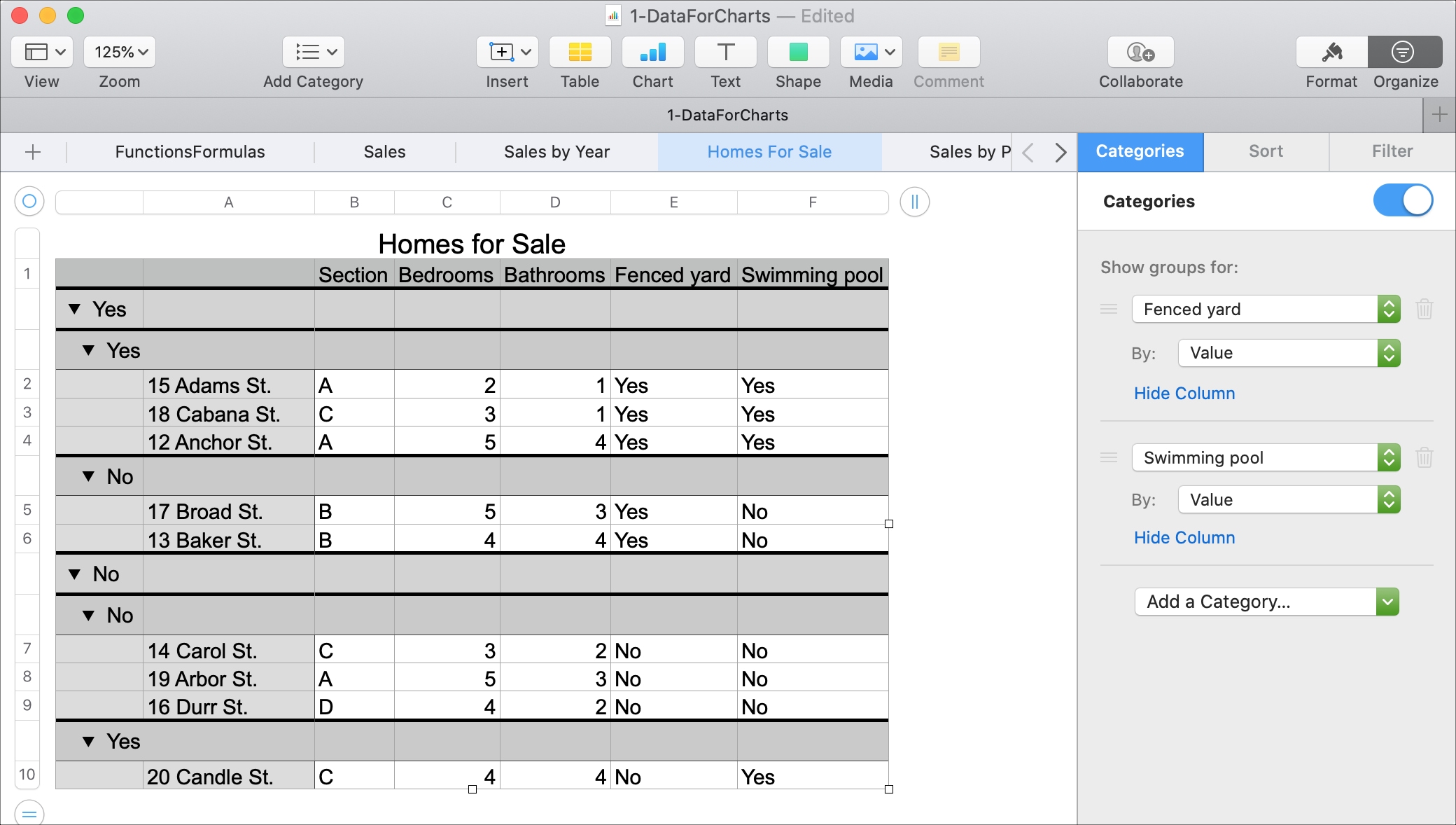Unsealing Adoption Records: Essential Paperwork Guide

When considering the delicate and personal decision to unseal adoption records, understanding the required paperwork is crucial. Adoption, by its nature, involves layers of privacy, legal agreements, and a deep respect for the anonymity of the parties involved. Yet, there comes a time for many adoptees or biological relatives when accessing this information becomes a necessary step in their journey. Let's explore the essential documents and processes you'll need to navigate this intricate path.
The Initial Application

The first step in unsealing adoption records is to submit an application. Here’s what you should expect:
- Consent Form: While not always required, in many cases, consent from all living parties might be needed. This can include the biological parents, adoptees, or adoptive parents.
- Identification Documents: You will need to provide a valid form of identification to verify your identity. Accepted documents include passports, driver's licenses, or other government-issued IDs.
- Birth Certificate: Typically, a copy of the adoptee’s original or amended birth certificate is required to initiate the process.
💡 Note: Make sure all documents are up to date and legible to prevent delays in processing.
The Legal Petition

If the application requires a legal approach, here's what might be involved:
- Court Filing: File a petition in the court where the adoption was finalized. This requires legal guidance to ensure your petition meets all state-specific regulations.
- Certified Copies of Adoption Decrees: These are often necessary to link the adoption to the person making the request.
- Evidence of Good Cause: Many jurisdictions require you to demonstrate why unsealing the records is in the best interest of those involved or for medical necessity.
Intermediary Services

In some states or situations, using an intermediary service can be beneficial:
- Agency Documents: If an adoption agency was involved, documents like the agency’s permission form or verification of their involvement in the case.
- Consent Forms from the Agency: Similar to the family consent forms, but provided by the agency overseeing the adoption.
Post-Application Procedures

Once your application is submitted, here’s what typically happens:
- Notification Process: All involved parties will be notified of your request to unseal the records. This is a crucial step to maintain legal and ethical standards.
- Response Period: There’s often a waiting period for other parties to respond to the unsealing request.
- Court Hearing: A hearing might be scheduled where you can present your case for unsealing the records.
In summary, unsealing adoption records is not a straightforward task but can be deeply rewarding for those seeking to uncover their biological history or reconnect with family. The process involves several key documents, legal steps, and sometimes a bit of patience. Always ensure that your application is thorough, your legal counsel is informed, and all privacy considerations are respected.
FAQ Section

Can I unseal adoption records if one of the parties is deceased?

+
Yes, but you'll need to provide a death certificate or proof of the party's passing, along with your application.
What if I don’t know who the other parties are?

+
If you’re unsure, reach out to the adoption agency or legal counsel for guidance. You might need to provide a reason for why you’re seeking information without specific parties.
Do I need a lawyer to unseal adoption records?

+
While not mandatory, having a lawyer is advisable to navigate the legal complexities, especially if your case requires court intervention.
The journey to unsealing adoption records is fraught with emotional weight and legal intricacies. Nonetheless, for many, it represents a vital step towards understanding their origins or rekindling family connections. With patience, the right paperwork, and perhaps a touch of legal help, this path can lead to discoveries and reunions that resonate deeply in the fabric of one’s life story.



